studio rainbows
studio rainbws in circles & squares waxed linen thread spool 'Thought Forms' squared chart stacks of Shaker boxes Winsor & Newton 'Revival' dot card & grids of buildings clad in 'beauteous colors'
Color |
studio rainbws in circles & squares waxed linen thread spool 'Thought Forms' squared chart stacks of Shaker boxes Winsor & Newton 'Revival' dot card & grids of buildings clad in 'beauteous colors'
on eclipse day - circular images - maps & cities rugs & blots sun & buckets utopias & moons 1/Polly Jane Reed, Spiritual Map. The Holy City.1843, Philadelphia Museum of Art 2/ Mary Gartside orange blot, An Essay on Light and Shade, 1805, Dr. Alexandra Loske 3/ Elder Joshua Bussel, Shaker Village, Canterbury NH, 1850 - detail, Winterthur Library 4/Edward Deming Andrews color slide, Winterthur Library 5/Knitted rug attributed to Sister Elvira Hulett, C. 1893, Shaker Museum | Mount Lebanon
March 21 is International Colour day. March 22 is World Poetry day & World Pigment Day. I’ll be reading a bit of poetry on 22 March (12:50pm EST) for the Slade School of Arts, Colour & Poetry: A Symposium VI, 21st - 22nd March 2024. A cross and inter-disciplinary two-day virtual event held by the Slade School of Fine Art, in celebration of International Colour Day, World Poetry Day and World Pigment Day. T The symposium hosts a range of speakers representing the arts and humanities, science, and industry, drawing upon knowledge from within and outside of the UCL community.
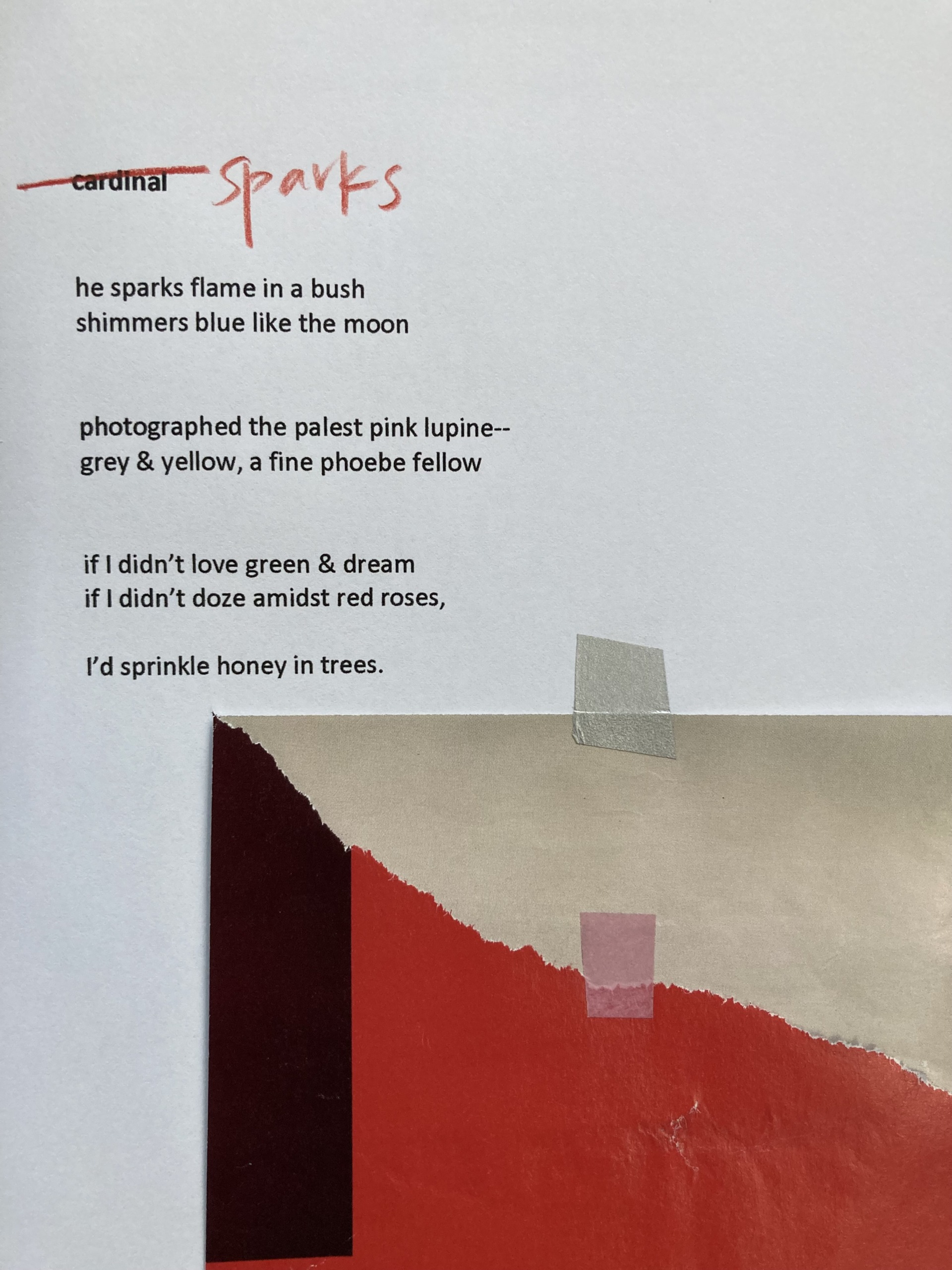
yesterday’s bright studio light, catching color out of the corner of my eye. preparing for DFZ Gartside discussion reading poetry for the Slade Colour & Poetry symposium mapping out a poetry manuscript with Poetry Forge colour or color no matter how you spell it connects the dots
Rainbows In dye swatches In color torn from pages On wooden spools of thread Research materials for Poetry manuscript class- A Body of Work- with Poetry Forge
White Yellow Orange Scarlet Green Blue Crimson Violet
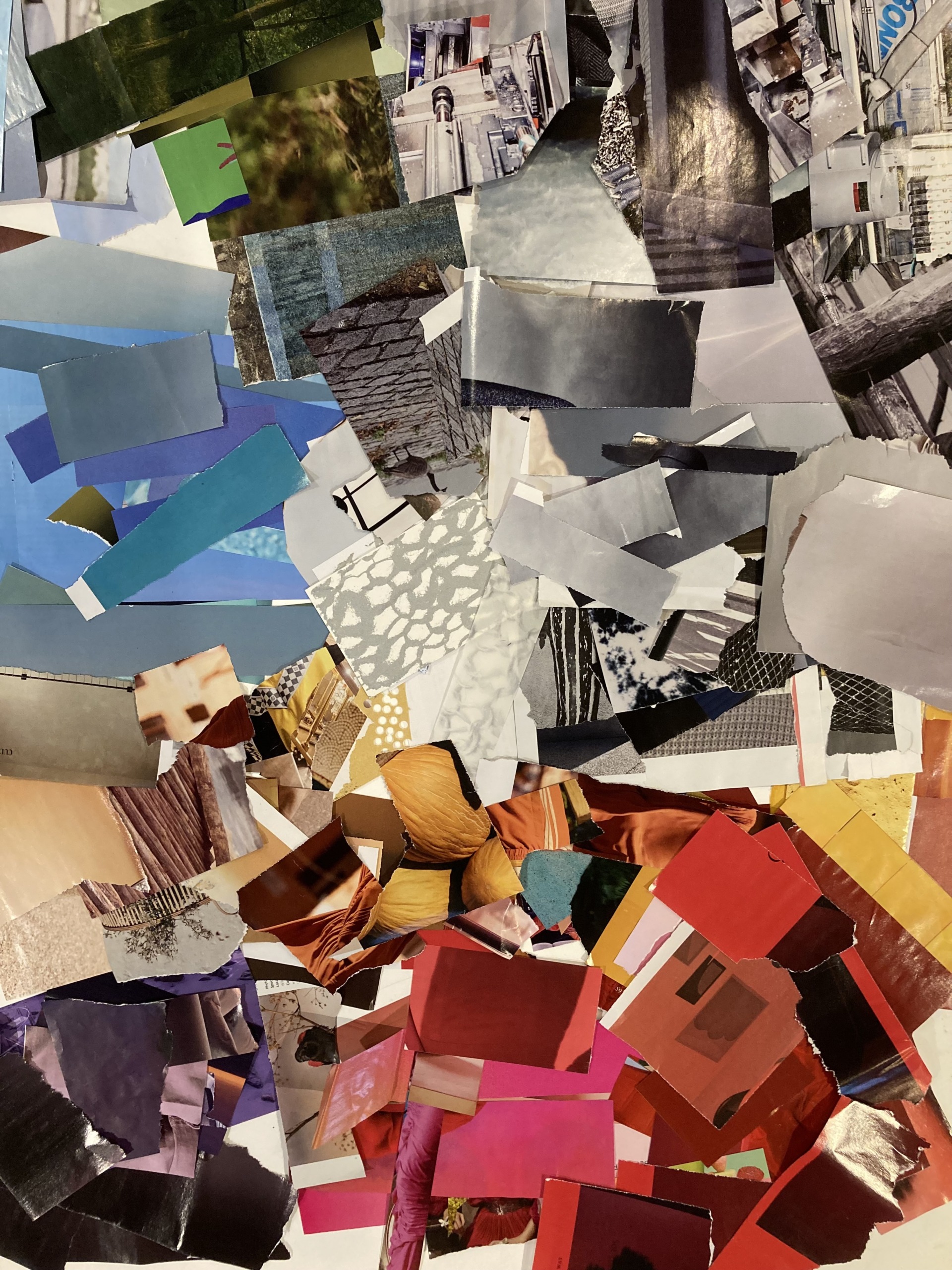
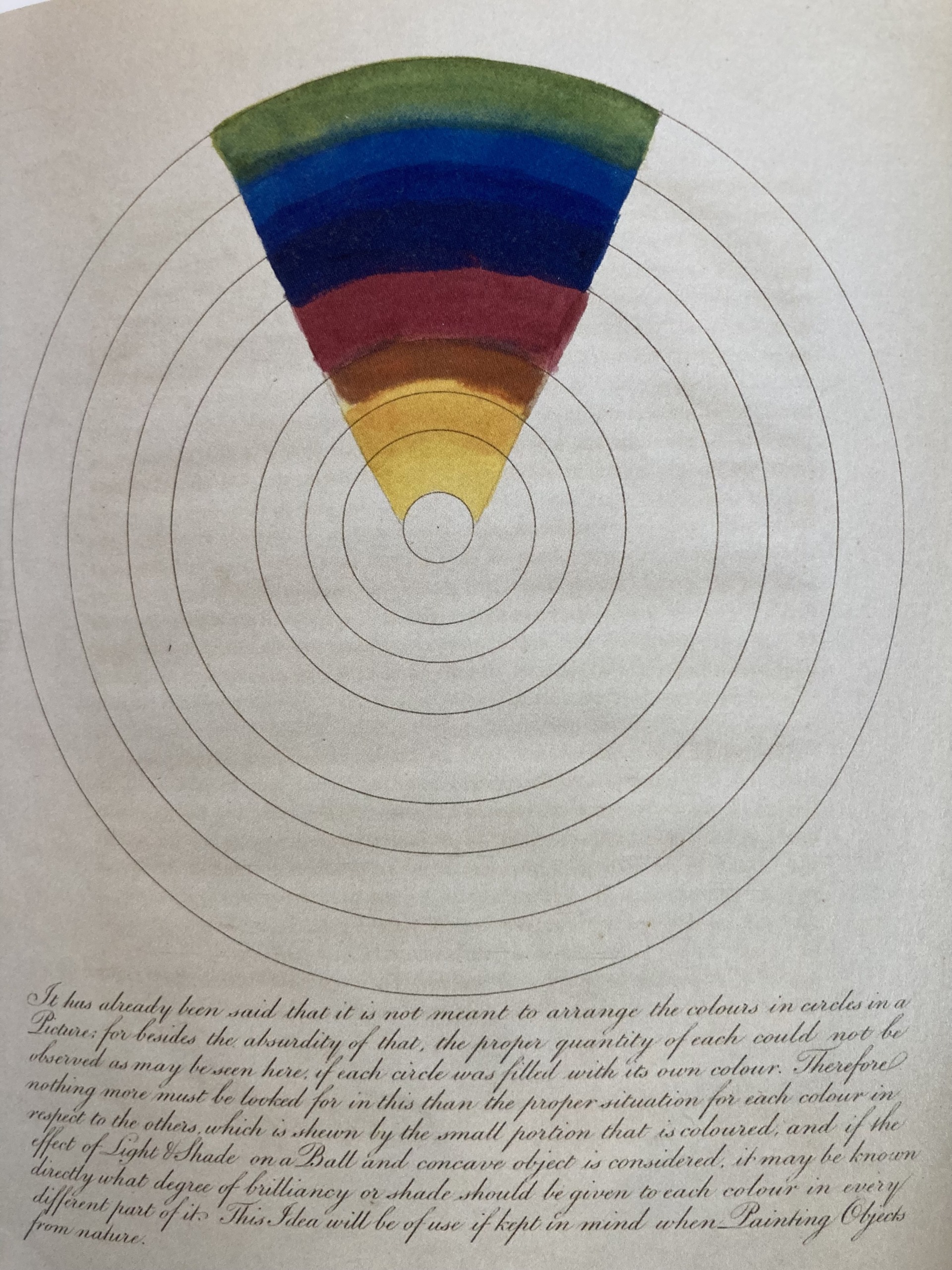
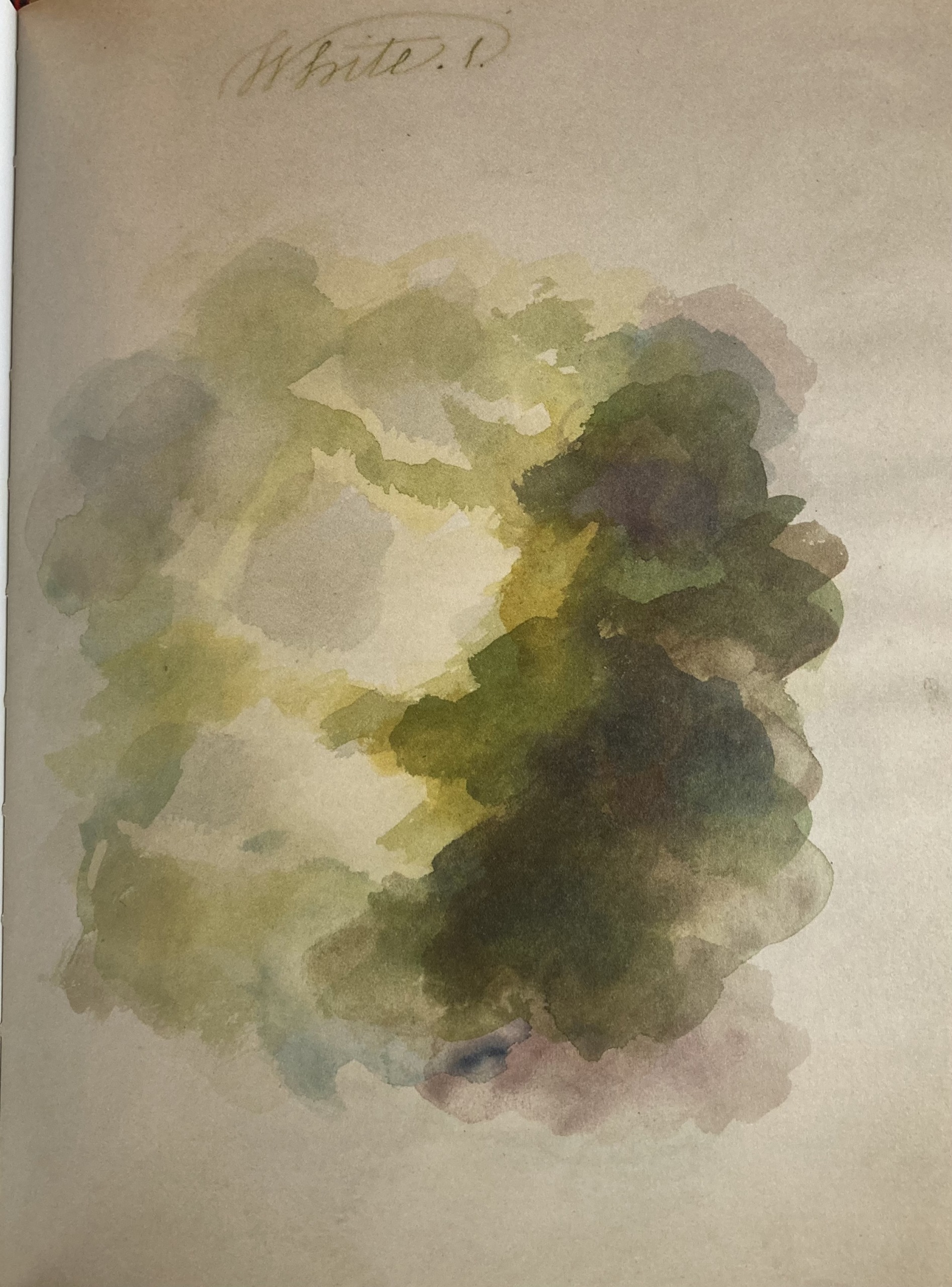
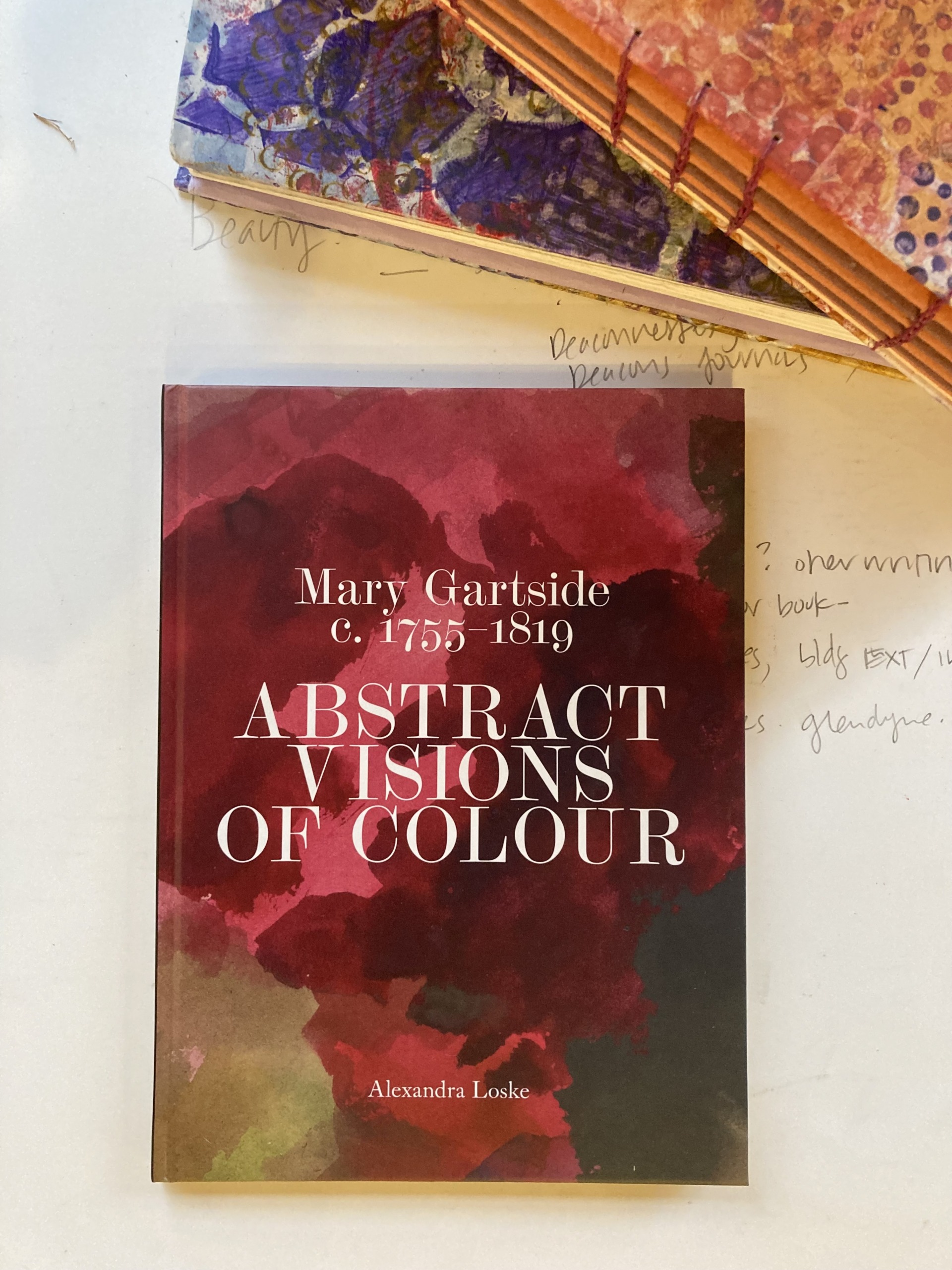
Find more information on Alexandra Loske and her colour research, here. Mary Gartside (c.1755-1819) Abstract Visions of Colour published by Thomas Heneage Art Books
morning collage/watercolor responding to the objects on my table Geoff Young chap book paste paper folder tangled threads or the grey outside
greyed: palest grey to white violet grey pink cosmos grey violets dropped in milk grey a drop of cobalt blue grey orangesicle ice cream grey sunpoked through yellow grey old yellowed newspaper grey grey green sky portends rain
color & circles & spools
color encircling chores
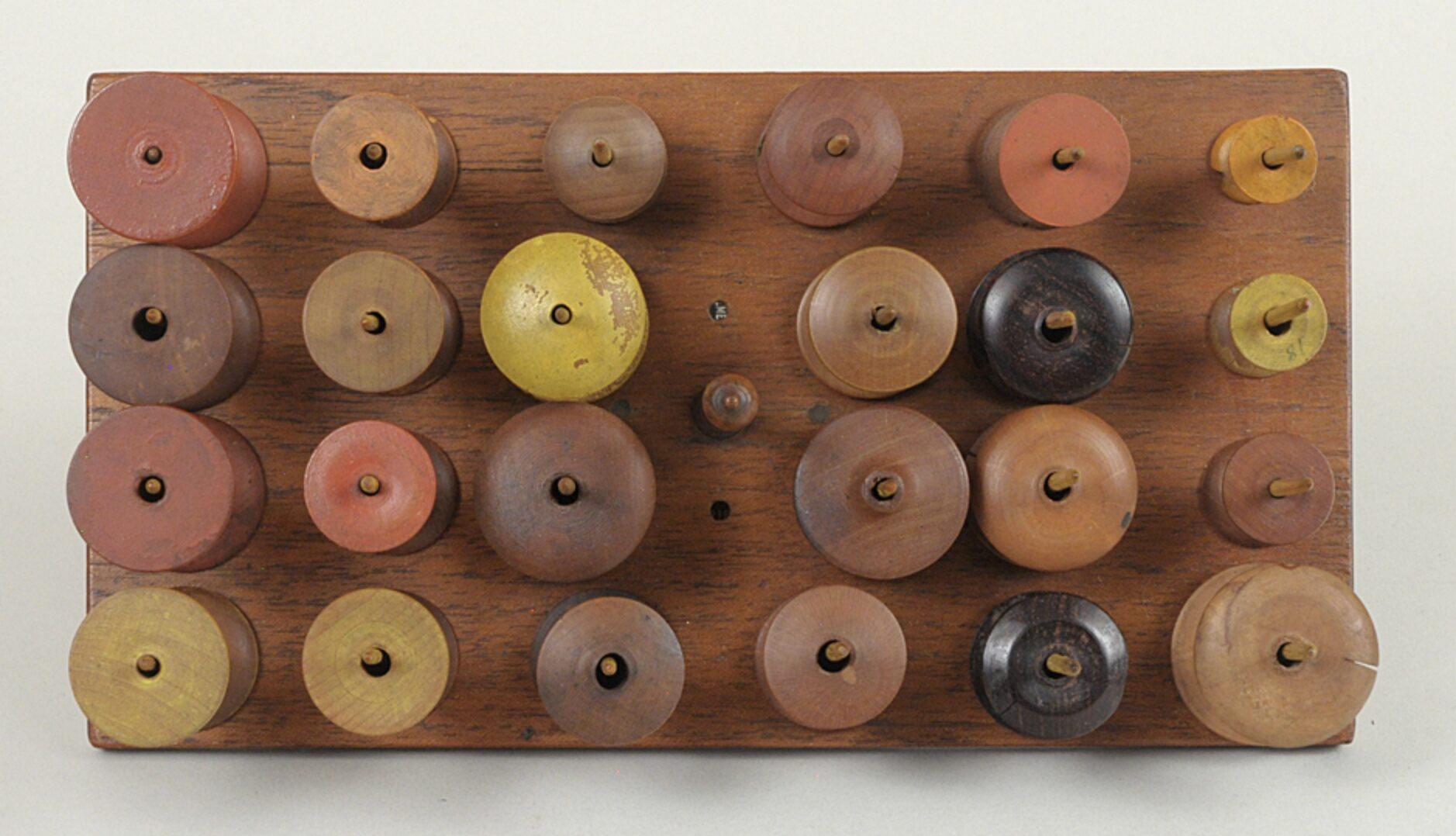
spindles painted brilliant chrome yellow
spools of red and yellow
spools twined with indigo thread
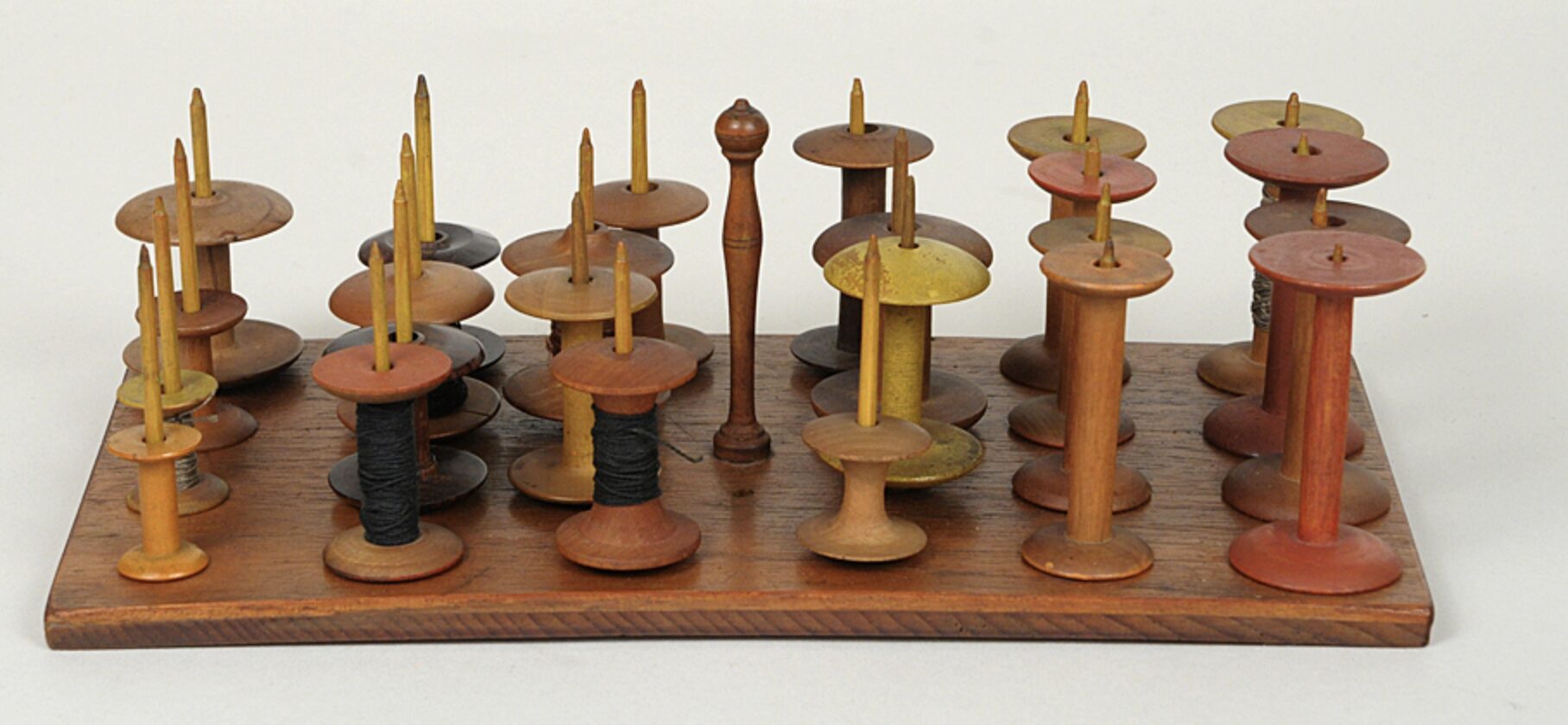
Shaker Spool Holder & 24 Spindles
2 1/2″ H x 8 3/8″ W x 4″ D
Made by Brother James Johnson, Canterbury NH c. 1850
Object and images courtesy of JKRussell Antiques